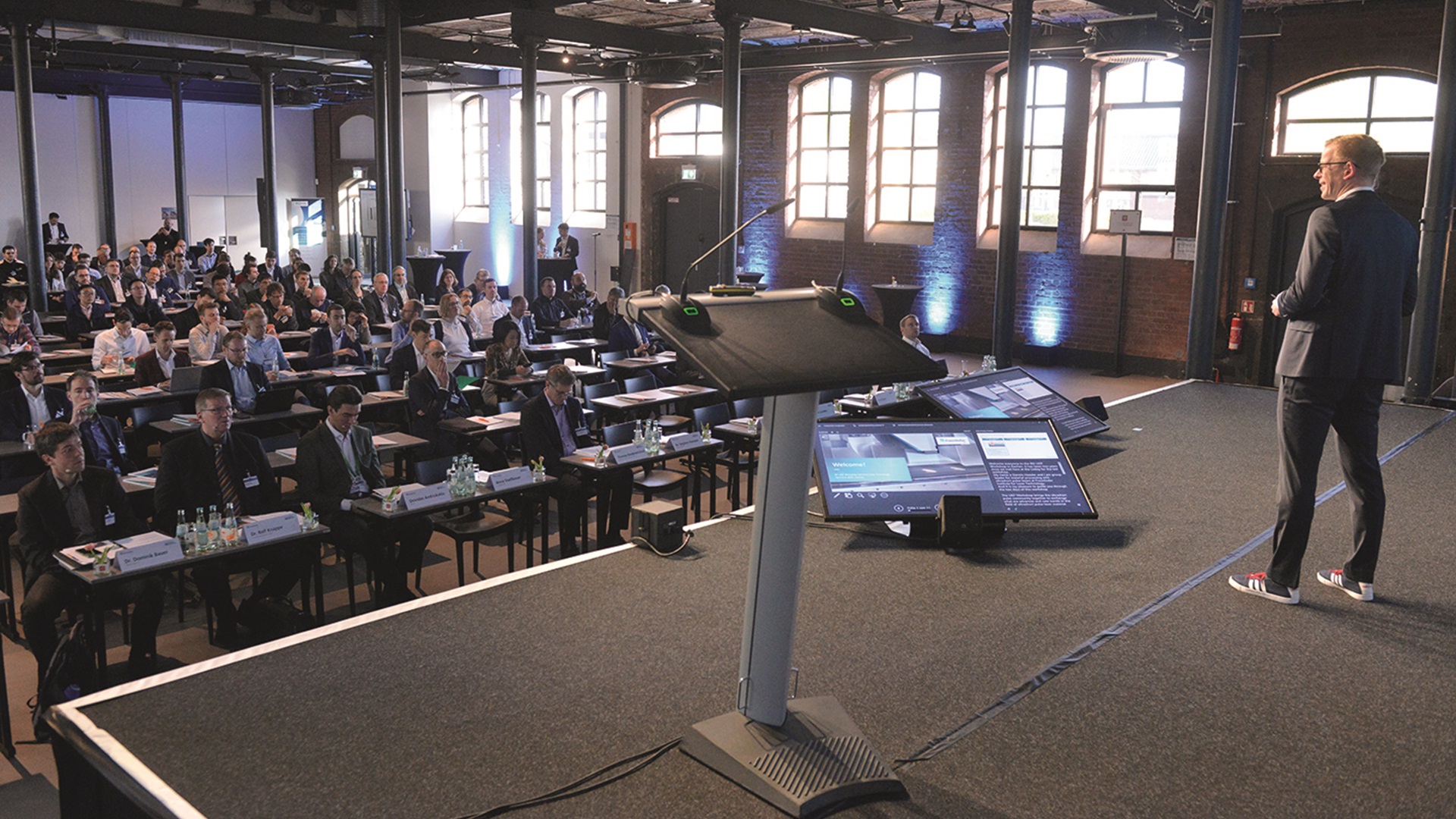On April 8 and 9, 120 experts from 22 countries met in Aachen for the 8th UKP Workshop Ultrafast Laser Technology – UKP stands for the German “Ultrakurzpuls“. The name says it all: This workshop is dedicated to the generation and application of laser pulses in the picosecond (ps) and femtosecond (fs) range. These laser pulses can process practically any material. In recent years, research and development has once again made great progress in the generation and application of laser pulses, so that this year's technical discussions mostly revolved around the scaling of processes in addition to new applications.
Scaling with higher power and more wavelengths
Industrial-grade laser beam sources with up to 1000 watts are currently available, for example from the system provider TRUMPF. Its laser – which has pulse energies of up to 10 mJ at pulse lengths of less than 1 ps – is available for testing in the Fraunhofer Cluster of Excellence Advanced Photon Sources CAPS application laboratory at Fraunhofer ILT or at TRUMPF itself in Schramberg, Germany.
There is a trend towards ultraviolet (UV) and deep UV (DUV) wavelengths of laser systems, with the discussion revolving around the advantages of the smaller focus spot and the ablation of transparent materials. Applications in the consumer electronics market, especially display production, are driving further development. Excimer lasers still dominate there, but solid-state UKP lasers are gaining ground, as Coherent explained.
At the workshop, Light Conversion presented interesting data on the performance and service life of various lasers. The overview ranged from more than 10,000 hours for the 30 W UV system to just under 30 minutes for tests to generate a wavelength of 172 nanometers, which corresponds to the 6th harmonic.
A new system from EKSPLA, which delivers ns and fs pulses from a laser, held the visitors in awe. The pulses are synchronized with a source and users have the option of freely setting the duration and spacing the pulses. "It's like roughing and finishing on one machine," commented one participant. The EKSPLA system also allows users to program MHz and GHz bursts flexibly. A few years ago, these were still the subject of basic lectures – now they are standard in modern UKP beam sources.
 Fraunhofer Institute for Laser Technology ILT
Fraunhofer Institute for Laser Technology ILT




